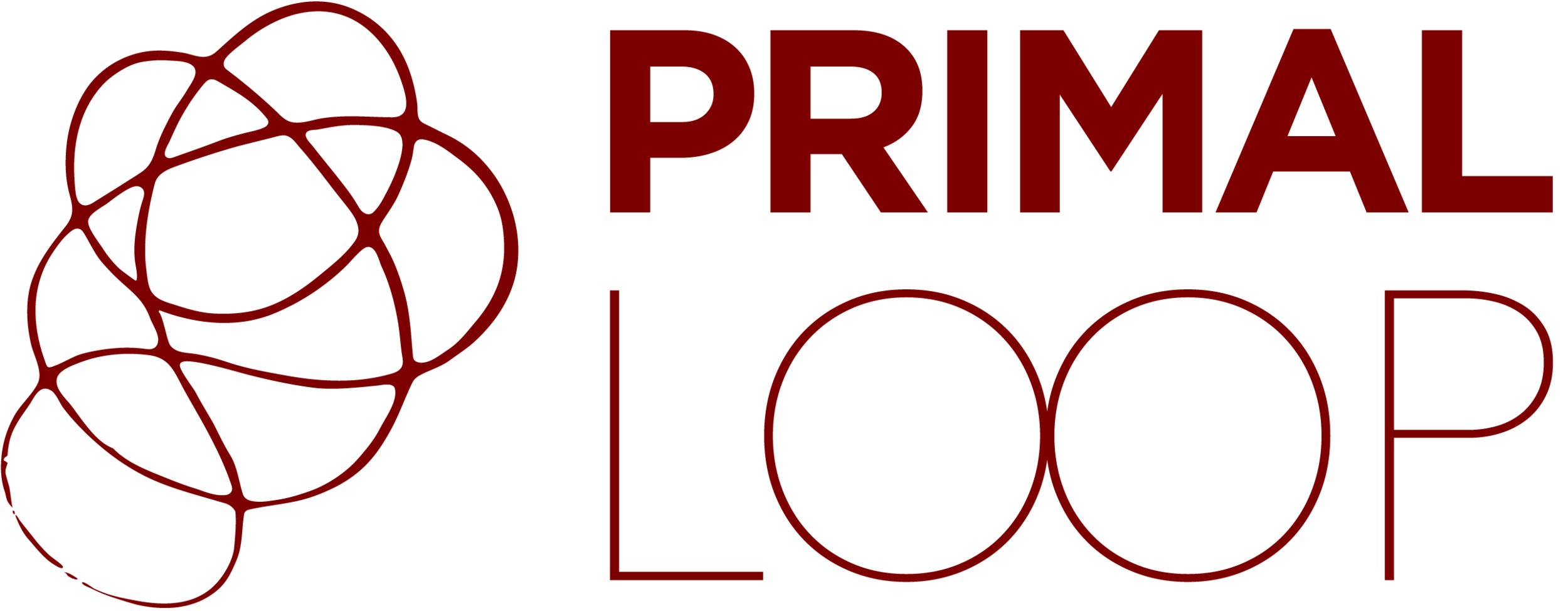Designing for the Enterprise
Bloated, complicated, and fragmented. These are just a few of the many words that are often used to describe the user experience of enterprise software and applications.
These types of applications are built for a company’s day-to-day operations; and when designed correctly, they can streamline workflows, increase productivity, and reduce the amount of rework required to complete a task.
But today’s state of enterprise UX is notoriously unfriendly for the user, and that’s troubling considering the amount of research and detail that go into consumer-grade applications.
Just take a look at a survey by Forrester to get a glimpse at how bad the enterprise software industry has gotten.
75% of users have experienced issues when trying to access information on their enterprise software applications.
62% of users seek help from other employees when trying to access information on their enterprise software applications, with 57% relying on other employees to explain the information.
74% of employees would like to use enterprise software applications that are personalized, relevant, and engaging.
Source: Flickr, taken by Allan Rotgers
This is because the type of enterprise software used by a company is typically determined by a financial or tech executive; but these executives aren’t the users of enterprise applications, just the buyers. This disconnect within a company can create a world of problems for the employees who have to use these applications for crucial work tasks -- problems that can have widespread effects.
Employees are yearning for interfaces that are clean and easier to understand, and that’s why it is imperative to design a consumer-grade experience before these applications create company-wide problems.
The Far-Reaching Effects of Enterprise UX
Consumer-grade applications must satisfy the customer from functionality to UI/UX otherwise they won’t be profitable, leading to bankruptcy. The daily users of enterprise applications, however, hardly have the luxury of deciding which work-related systems they prefer.
An immediate impact you’ll see is that employees aren’t adopting the new software quickly enough to have a positive ROI for a company. This will lead to frustration, high training budgets, burnout, and some employees may even attempt to use other programs that are more useful to them. After all, their income relies on how effective they can do their job. Many times I’ve seen software like Asana and Slack be used clandestinely in corporate environments because the sanctioned software did not satisfy the needs or expectations of the team.
Poor user engagement with enterprise applications affects everyone from sales to marketing to customer service and more. It’s no surprise that this lagging engagement is the leading reason why businesses fail to see the results they hoped for from their newly implemented enterprise software.
Deloitte Consulting LLP shared their experience when incorporating usability and design principles with one of their client’s ERP systems. The results were astonishing, as the company reported a 300% increase in worker productivity, a 55% reduction in training time, and a 21% increase in up-sells and cross-sells.
A client we’ve worked with, Therm, which builds custom solutions for the retail energy sector, also prioritized usability and design principles when it came to developing their all-in-one platform. Through industry collaboration, Therm has been able to implement tools that users need and address open issues through continued feedback. This has helped them secure multiple accounts and amass an extensive product roadmap in just months of incorporation.
We understand that user-collaboration is not often a high priority, but just how successful can be this approach? An initial study conducted with Therm’s initial customers exhibited:
10:1 sales efficiency improvement
A single sales support rep responding to 80 RFPs a week compared to eight prior.20:1 pricing efficiency improvement
A single pricing analyst pricing 100 deals a day compared to five prior.40% IT cost reduction
Consolidation of IT costs and reduced total IT spend by 40%.
Therm’s platform has allowed companies to be more responsive to their customers, reduce business risk, and increase sales and operational efficiency.
Evidently, when you give employees the right tools to succeed, it will have lasting effects on your client. Don’t sell the value of your enterprise applications short.
Enterprise Software Companies Leading by Example
Whenever there’s an industry-wide problem, a good strategy is to look towards the industry leaders and see what they’re doing to generate such success.
Salesforce, one of the world’s largest cloud computing and sales analytics companies, is a great example of how a simple yet streamlined UX built for the end-user is enough to separate yourself from competing apps. Born out of the 90’s, Salesforce refused to be a victim of dinosaur-like UX that its competitors suffer from by inviting bottom-up feedback for their enterprise application. They also pinpointed the end-users who most commonly use their software instead of just making assumptions -- a rookie mistake not just for enterprise applications but consumer-grade applications as well. With this information, Salesforce optimized their app for users who need to quickly analyze sales data.
Another example of enterprise UX gone right is Slack, the fastest-growing B2B communication and collaboration enterprise application. Slack doesn’t just allow a user to jump right into a cleanly designed, self-explanatory interface, it also allows for personalization -- an area where many enterprise applications seem to drop the ball.
Source: Flickr, taken by Luis Suarez
By empathizing with frequent employee complaints, Slack even implemented a function to send mobile sign-in links from a laptop or desktop -- allowing users to access the app without having to memorize lengthy passwords. This may be a small function, but it’s one of the many reasons why Slack is leading the pack.
Enterprise software is all about workflow, productivity, and how quickly tasks can get done with as minimal rework as possible. When your software limits all three of these areas, it’s time to hit the drawing board and see where you went wrong. One of the best ways to strategize the user experience of your enterprise application is with some thorough design research.
Great Research Breeds Great Design
Design research doesn’t just provide answers to your user experience assumptions, it allows your company to better understand the end-users of the software being used for day-to-day operations. You may also uncover utilities that aren’t currently being used in competitive enterprise applications (see Slack as an example).
This research starts by empathizing with the end-users and understanding that a company’s buyer or CIO isn’t the primary user that will be regularly accessing the application.
Overall, this research should reveal all sorts of user behavior when navigating your system. What they enjoy doing, what they don’t enjoy doing, and features that increase their workflow. The best designs allow employees to access their job functions immediately.
Immersing yourself in design research can help you understand this. For example, the science of ergonomics deals with the study of people within their work environment. In ergonomics, there is a concept called Working Reach Envelope. Working Reach Envelope deals with the measurement of a human or a robot within two or more zones of interaction. I imagine that you are reading this at your desk, perhaps on a laptop, so the keyboard of that laptop would be within your initial zone. Assuming this is your office and that you are a coffee drinker, your coffee mug would be just within your reach, this would be your zone two. Now, should you want to take notes about this blog, you would probably reach a bit further for a pen, that’s your third zone.
This same concept translates to digital design, as we consider the ability to reach the most important elements of a system within a couple of clicks. Primary elements will be top and centered, or easy to identify and interact with. Secondary elements may live within a dropdown, while tertiary elements may be a just a few navigation clicks away.
Remove your biases, and be open to criticism and new ideas when conducting design research. More importantly, don’t allow poor industry standards and lack of understanding from company buyers to influence how your software is built.
An enterprise application that’s optimized for the end-user will have a positive impact on both the enterprise software company and their customers; thus, lowering costs, streamlining workflows, increasing productivity, and raising overall user satisfaction.









